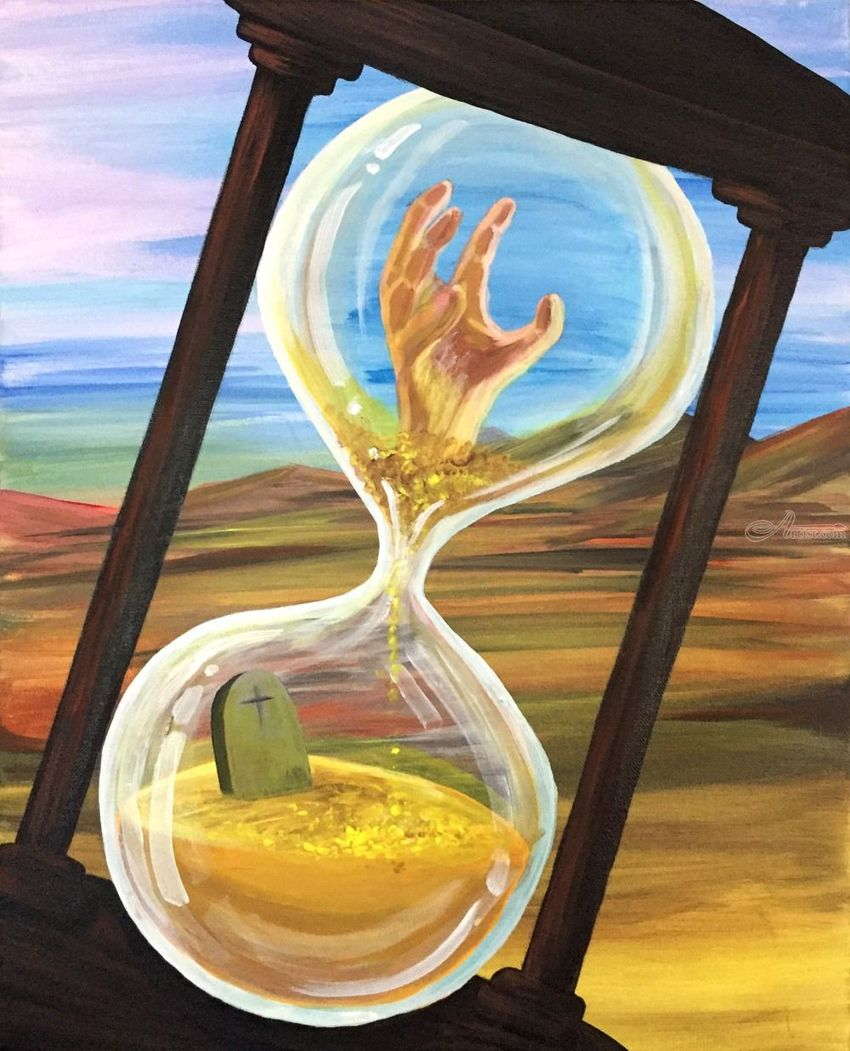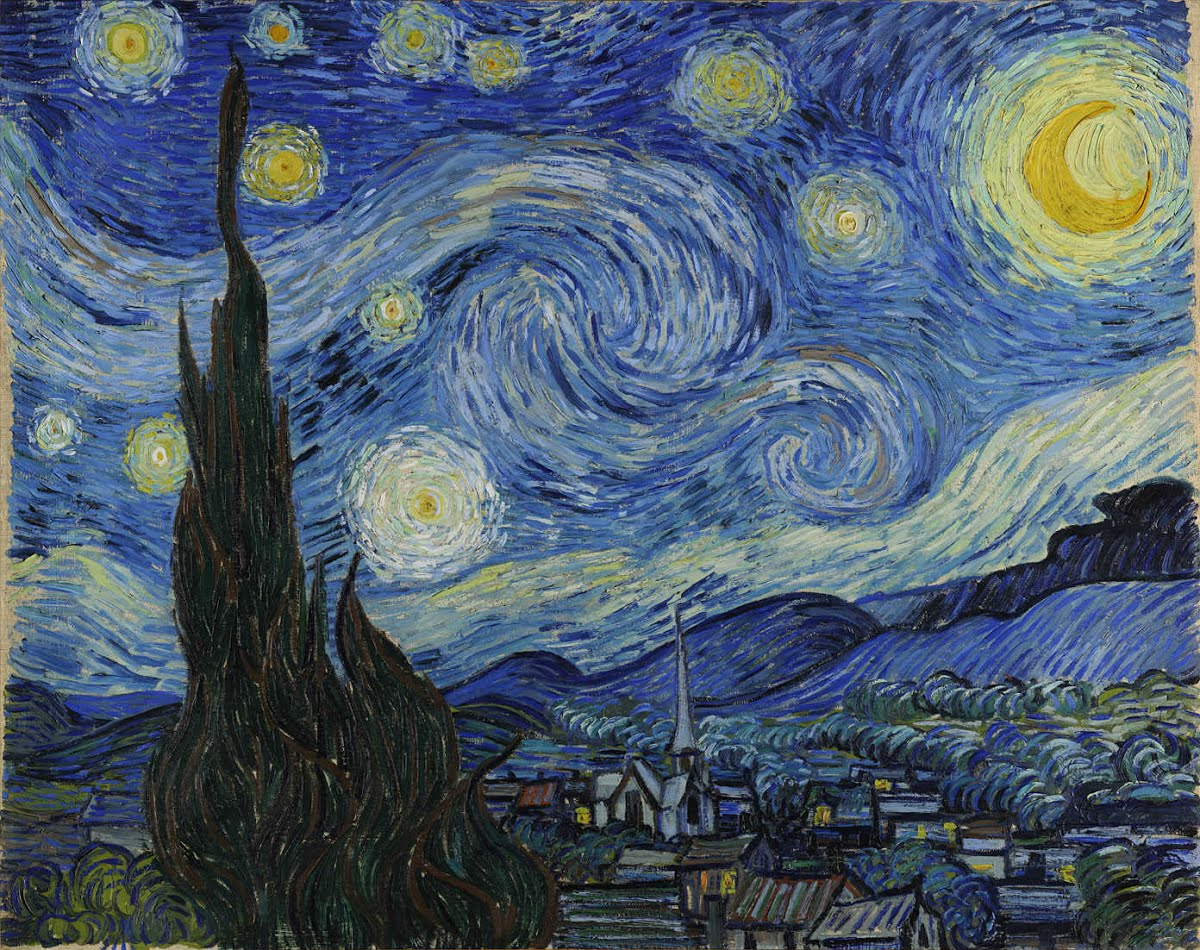#1 - time
There are several elements of time: measured, experienced, running, biological and digital. Measured time if just that, time that is just measured. It can be things such as seconds, minutes, days, or years. Experienced time can also be known as subjective time. It is time that is experienced by a person and is therefore subjective. An artist can alter experienced time. if the viewer of a piece is bored, the time the viewer is there will feel longer than the time of someone who is enjoying themselves. certain tempos can also make time feel longer or shorter.
Running time refers to the total run time of things, or how long something lasts. This can be different for different forms of media. Movies are usually between 90 minutes or 2 hours. Plot time is how long the story takes place over. A movie can be 2 hours long but have time jumps in them so the story takes place over years or decades. The run time would still be 2 hours but the plot time would be much more. Biological time is the measure of time and how it relates to the body's functions. If a person feels tired or hungry, it can make an experience feel longer or shorter. an artist needs to take this into account when making a piece. Digital time is the total awareness of time. It is usually measured digitally in milliseconds.
Out of Time by Adam Santana
I really like the style of this art and the message. The painting style is simple yet complex. And its a very relatable piece. It's easy to tell the message behind this is someone who's time is about to end.
#3 - Movement
Movement is a shift or variation in the location of an object, light, or sound. Movement can serve any number of descriptive or expressive intentions. Successful movement leads the eye in one direction, while oppositional movement contrasts this with a clashing of objects or forces. An example of this is two video game characters attacking each other. This leads the eye to move between to things and causes an absence of stillness. The absence of this feature is important to any 4D work, it allows contrast.
Movement in a 4D work can be observed or participatory. This is displayed in the video game Find Each Other. begin there. The game requires direct participation of the player, and simulates moving through space. The area in the game consists of a cornfield, with various things such as wind turbines.
Participants will always see movement through a frame of reference. movement is a trigger for action, so various things can contribute to the audiences response.
Movement has distinct parts; attack (onset, birth, growth), sustain (steady-state, duration, life), and decay (fall-off, termination, death). right before movement, there is usually a squashing or condensing of a figure. as the movement continues, the figure will extend and bend, eventually returning to it's original shape.
The center of gravity of an object will also effect movement. an object with a low center of gravity will move steadily than something with a high center of gravity.
Gestures are movements by part of a whole. examples of gestures include flexing, extending, and rotating. gestures are also known as isolations. GIFs and cinemographs are great at displaying isolations/gestures. Isolations can be everyday tasks we all recognize. They can also be expressive and non functional. expressive isolations can be organic or angular.
Movement has a unique role in film and video, the subject can move and so can the camera.
Starry Night by Vincent Van Gogh
I like a lot about this piece. Its extremely famous, everyone knows it. This isn't a 4D work, but it dos convey movement very well. The swirls of thick paint do an amazing job of representing wind. The viewer can see the direction of the movement with ease.
Some of my artworks outside of class struggle with movement. My pieces can look very static at times. Analyzing this piece and how Van Gogh conveys movement has helped my make my pieces look more lifelike.




Comments
Post a Comment